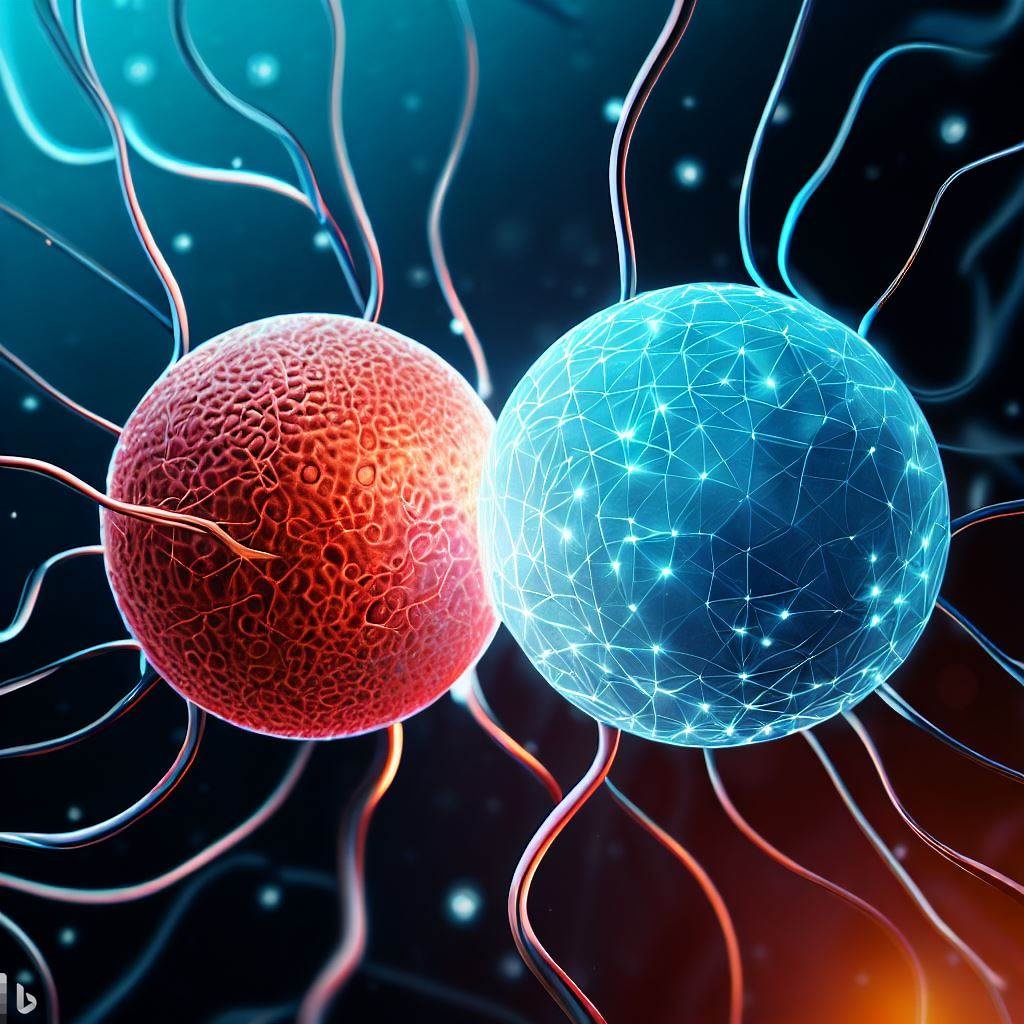Beyond Neural Networks: The Limitations of Language Models in Replicating Cognitive Emergence

The development of language models has come a long way in recent years, with models such as GPT-3 achieving impressive performance on various language tasks. However, as with any complex system, these models have their limitations and drawbacks, one of which is their incompatibility with natural emergency.
To understand this issue, let’s first look at the concept of emergence. Emergence is the phenomenon where complex systems arise from the interactions of simpler components, without any one component being able to explain the behavior of the system as a whole. For example, in the case of humans, the building blocks are cells, and the emergent system is the human body and mind.
However, in the case of today’s language models, the architecture itself prohibits the emergence of building blocks. Language models are typically built using a neural network architecture, where the basic building blocks are nodes or neurons. These nodes are connected in layers, and the connections between them are adjusted through a process called training, where the model is fed large amounts of data and learns to make predictions based on that data.
While this approach has proven effective for language tasks, it does not allow for the emergence of cognitive building blocks. The nodes in a neural network are not living creatures and are not capable of cognition in the way that cells are. As a result, the emergent system that arises from a language model is a purely computational one, lacking the richness and complexity of a natural system.
This limitation has implications for the development of AI systems more broadly. If we want to create AI systems that can truly mimic natural systems, we need to move beyond the neural network architecture and explore other approaches that allow for the emergence of cognitive building blocks.
One promising avenue is the use of neuromorphic computing, which aims to mimic the structure and function of the human brain using hardware-based architectures. Another approach is to use evolutionary algorithms, which allow for the emergence of complex systems through the process of natural selection.
In conclusion, the emergence of complex systems is a fundamental feature of natural phenomena. However, the current language models and AI systems are limited in their ability to replicate this phenomenon due to their neural network architecture that does not allow for the emergence of cognitive building blocks. While the transformer architecture and attention mechanisms have shown some promise in improving the performance of language models, they do not address the underlying issue of cognitive emergence.